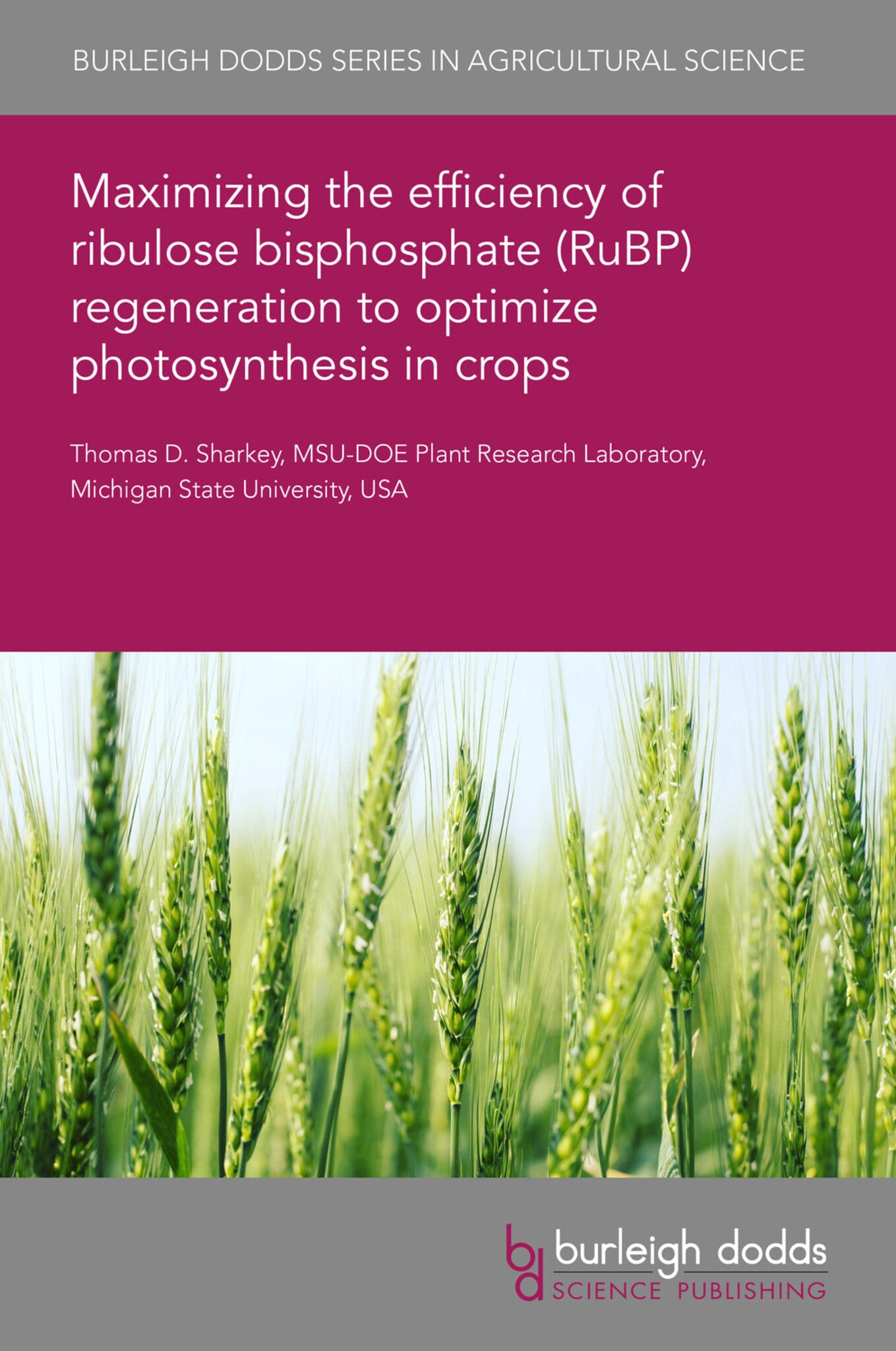We're sorry. An error has occurred
Please cancel or retry.
Maximizing the efficiency of ribulose bisphosphate (RuBP) regeneration to optimize photosynthesis in crops

Some error occured while loading the Quick View. Please close the Quick View and try reloading the page.
Couldn't load pickup availability
- Format:
-
09 January 2023

Photosynthesis provides the carbon and energy for crop growth and many investigators are working to improve photosynthesis in the expectation that that will improve crop growth. There are many component processes to photosynthesis. One grouping of processes can be used to predict responses to the environment, especially CO2 but also light and temperature. Ribulose bisphosphate (RuBP) regeneration comprises processes that cause photosynthesis to respond in specific ways to CO2, light, and temperature. This definition of RuBP regeneration encompasses all photosynthetic electron transport (light reactions) and most of photosynthetic carbon metabolism (sometimes called the dark reactions). Maximising RuBP regeneration requires understanding the major processes that make up RuBP regeneration and interactions among the various components of photosynthesis. Two examples of modifications that have been made to improve RuBP regeneration will be discussed.

TECHNOLOGY & ENGINEERING / Agriculture / Agronomy / Crop Science, Plant biology, TECHNOLOGY & ENGINEERING / Agriculture / Sustainable Agriculture, Agronomy and crop production, Sustainable agriculture, Agricultural science

- 1 Introduction
- 2 Component processes of photosynthesis
- 3 Optimizing ribulose bisphosphate regeneration
- 4 Examples of improving ribulose bisphosphate regeneration through engineering
- 5 Conclusion
- 6 Where to look for further information
- 7 Acknowledgements
- 8 References



